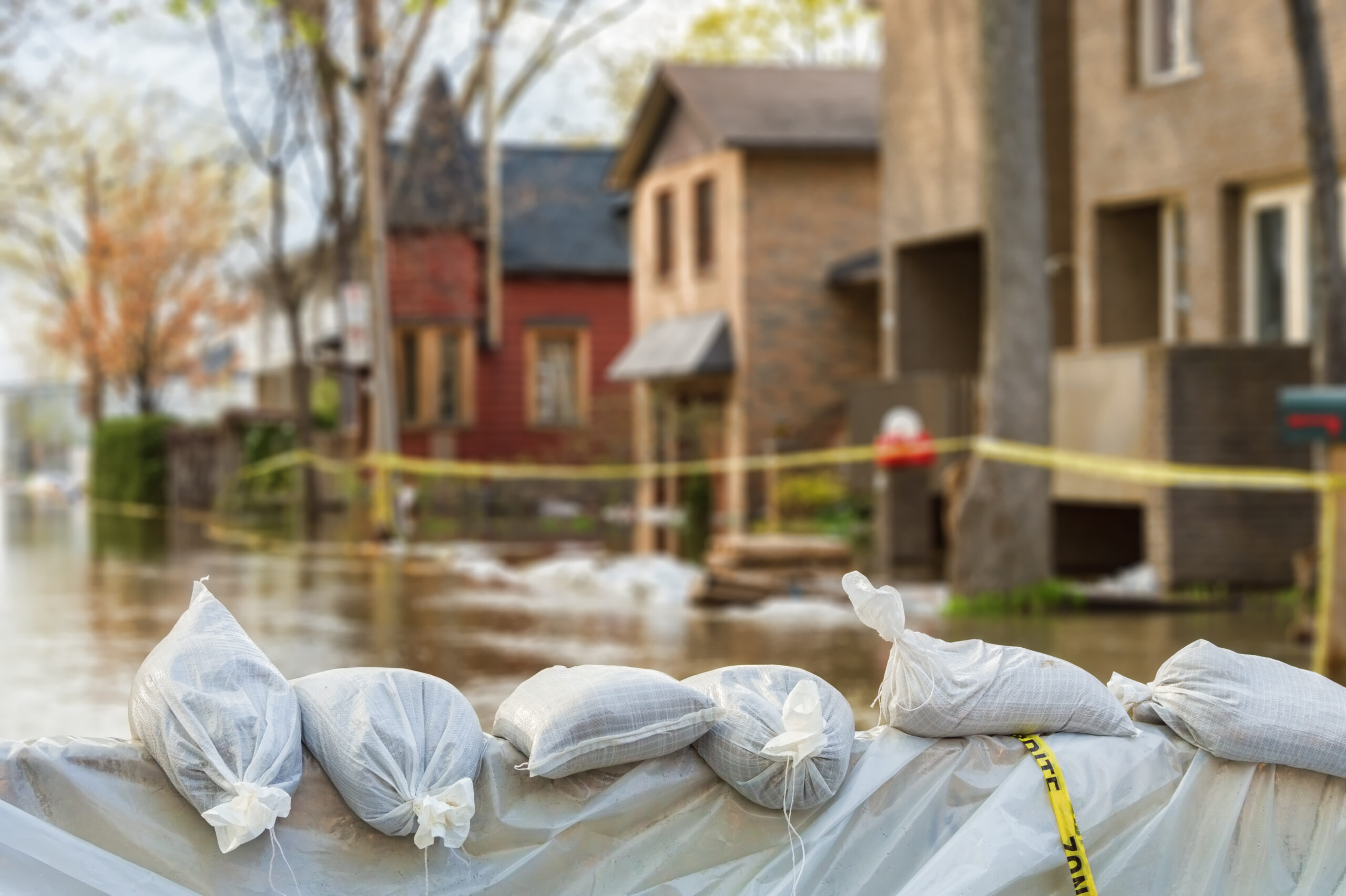 (412) 364-9114
(412) 364-9114

Floods can be absolutely devastating. They can destroy not only your house, but all of the things that made your house a home. As weather conditions cause flooding around the country, we want to help you protect your home. See below for some tips about how to mitigate the damage caused by flooding and prevent it from occurring in the first place.
Install leak sensors and auto shutoff valves – There are quite a few systems you can install to protect your entire house from leaks and pipe bursts that can act as the first line of defense against any type of flood. A leak protection sensor can stop pipe bursts in their tracks by turning off the main water supply when one is detected. These sensors can also inform you where the leak is coming from, giving you ample time to mitigate any damage if a flood strikes.
Keep your storm drain clear – Remove debris or garbage that is blocking your storm drain. Doing so will allow for water to flow into the drain faster and lower the chances of flooding.
Have a good sump pump – A sump pump is a pump used to remove water that has accumulated in a water-collecting sump basin, commonly found in the basements of homes. For more information on sump pumps, check out our blog here.
If a leak is the source of flooding, turn off the water supply to your house. Should flood water encroach on any parts of your electrical system, shut off your electricity as well. During a flooding event, always assume that every wire or electrical appliance is live.
Other precautions to take are as follows:
Once all standing water is removed, use air dryers or fans in the affected areas to remove all moisture. After the affected areas are dry, it’s time to remove all articles that have been submerged in water. Any materials that are porous or absorbent (such as furniture, carpet, and in some cases drywall) should be disposed of. Beyond the water damage, flood water often contains contaminants and other elements that are potentially hazardous which stick around long after the water is gone.
Once the damaged materials are removed and the home is dry, check for mold on walls, floors, and other surfaces. An easy way to spot mold is to look for spotting or dark blotches, typically with a green or black appearance. If mold or mildew are present, you should call a mold remediation company to assess and treat the mold or mildew.
While floods can be devastating and unpredictable, taking the aforementioned precautions will give you a fighting chance. At Terry’s Plumbing, we help homeowners maintain their home’s plumbing to prevent floods and repair it when things go wrong. To make an appointment for a plumbing repair or upgrade, contact us today at 412-364-9114.